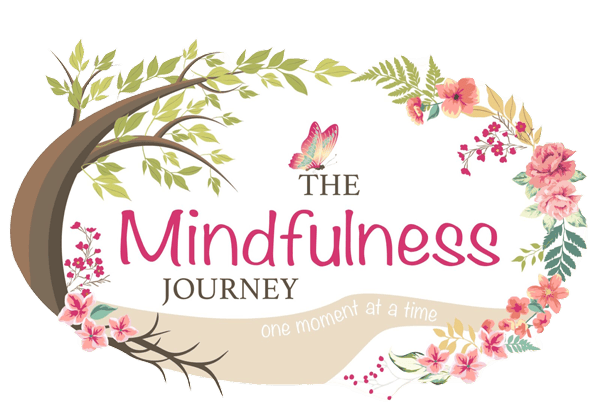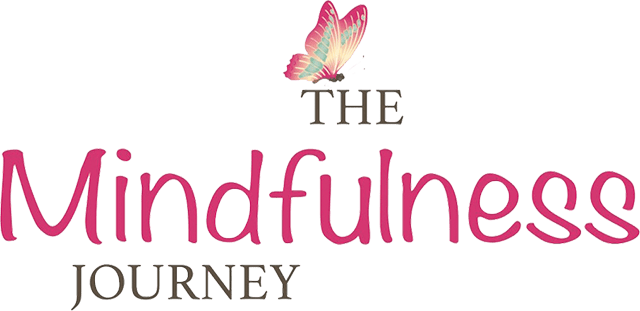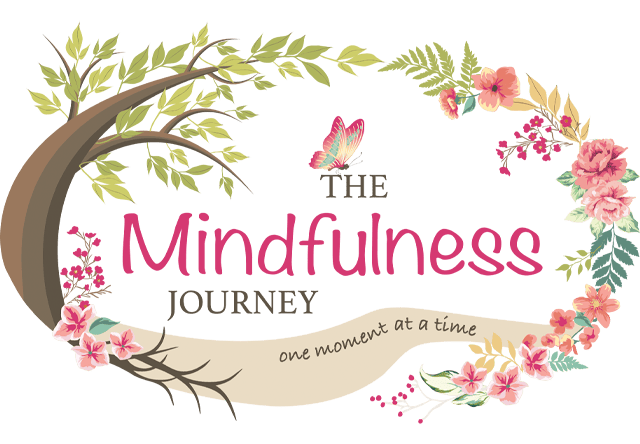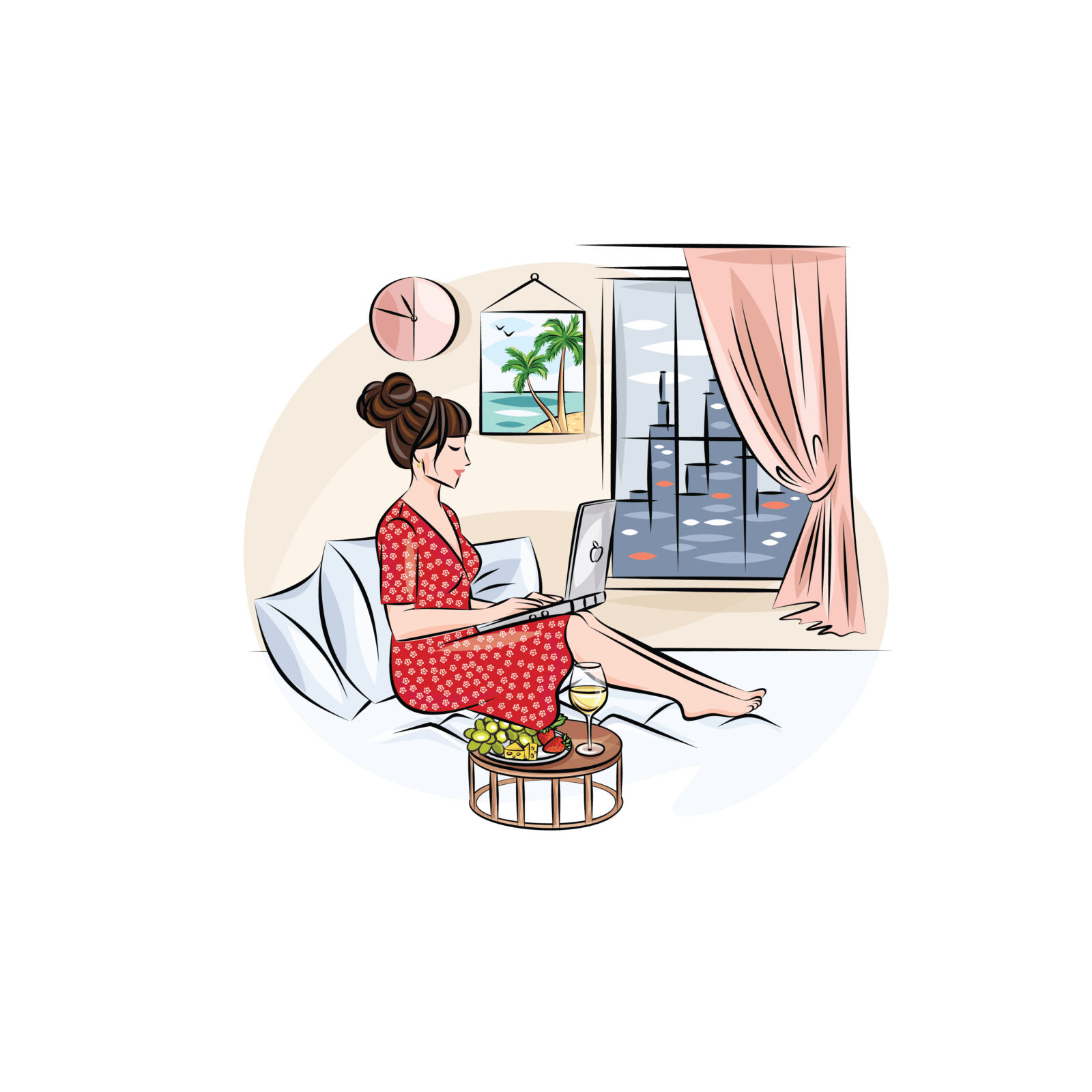
Who’s Really in Charge?
How you react to and feel about events is influenced by a lot of things, including life experiences, but that doesn’t mean that your behaviour is set in stone and that it isn’t possible for you to make changes.
To make these changes there are a few questions you should ask yourself. What’s going on here? Why am I reacting this way in this situation? What are my triggers? What (or who) is controlling my reactions?
Is it a conscious choice that is fuelling your reactions? Or are you driven by unconscious, innate habits and behaviours?
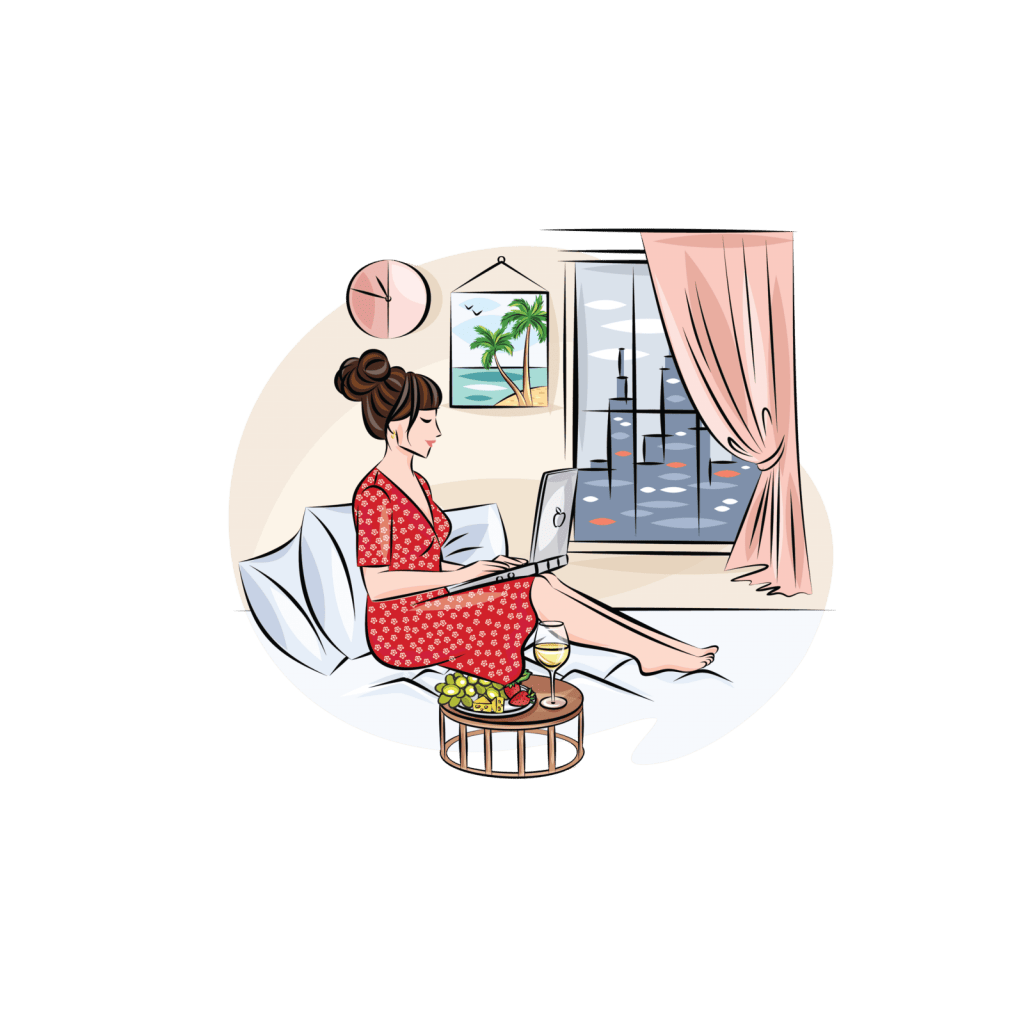
Identify Your Triggers
What are your automatic triggers? By this I mean in which situations do you feel like you have little control over your response?
A triggering behaviour is most often negative or unwanted, and produces actions, emotions, and thoughts that you would rather avoid. Triggering behaviour can result in feelings of helplessness, frustration, anger, sadness and fear. Sometimes the reaction might even be extreme in nature.
After my accident I experienced a lot of PTSD and panic attacks. I had a few different triggers that would cause me to experience panic, some type of flashback and unconscious emotional responses.
Since I was hit by a bus as a pedestrian, one of my big triggers was seeing a bus approaching me when I was out walking. Another was standing near a corner when a large vehicle (bus or truck) was turning. My heart would start to race, I would become extra vigilant and I would always step even further back from the corner often without realizing it. Crossing the street when cars are turning (which was what happened with the bus) can also elicit the same feelings/reactions.
These are my triggers and I am 100% aware of them and how they impact me.
So, once you identify your triggers, what do you do next?
Our emotional reaction to our triggers, especially once associated with PTSD, can feel protective. You see something that reminds you of your trauma, your flight-or-fight response is triggered and you know that your body is ready to do whatever it needs to, in that moment, to keep you safe.
But as someone who has lived her life in a constant state of vigilance, this way of being, in the long run, isn’t particularly sustainable. Constantly living this way can start to feel self-destructive and can deny you any sense of peace.
Which is where mindfulness comes in.
Mindfulness at the Moment of Contact
Mindfulness helps us to practice self-reflection. When you pay attention, on purpose, to the present moment, you become aware of what’s going on inside and outside of you. You start to notice what you are thinking/feeling/doing in that moment.
I show you how to tap into the present moment and your thoughts/emotions inside my FREE 7 day mindfulness program.
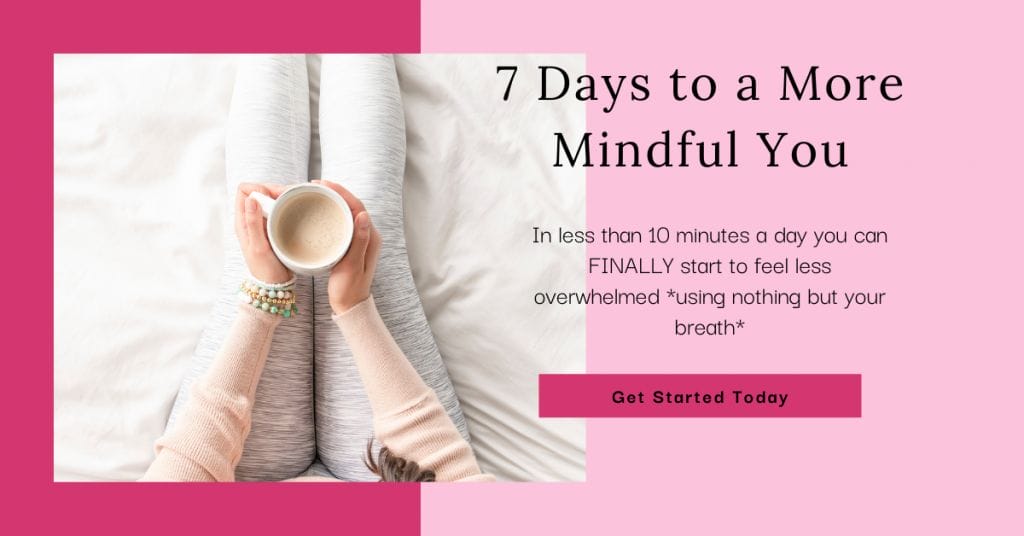
Applying mindfulness at the moment of contact can have beneficial results.
Mindfulness can help those with trauma by helping them to reducing their acute response to trauma and stress (my panic attacks and hypervigilance) as well as the underlying longterm consequences of chronic stress and trauma. Since I started paying attention with a mindful awareness I have noticed that my panic attacks have decreased. When I do experience an emotional response to one of my triggers I am able to work it out of my body faster. Working through this emotional response can be done with the TIPP practice which I teach you how to do inside of STOP the Panic.

Healing with Mindfulness
Mindfulness was so helpful for me as I navigated healing from my trauma and my health journey that I knew I needed to teach these strategies to others. This is what motivated me to become a mindfulness teacher and to ultimately start The Mindfulness Journey.
Recognizing my trauma responses and doing so with an attitude of kindness, non-judgment, and compassion is what helped me to move forward. I know what my responses are to my trauma and that I alone am responsible for them. Accepting that these responses are mine has helped me to take back some of the control that I felt I lost in the accident and it’s aftermath.
During my recovery, I heard 2 different Priests share in their homilies the following.
Suffering can make you bitter or it can make you better. You choose.
I took this to heart and used it as a reminder that whatever happens I have the choice in how I want to respond.
Sure, I have plenty of good reasons for reacting the way that I do when I am triggered. But I also have the choice to make the shift and to choose again.
Self-compassion
Triggers exist and often because you’ve experienced a trauma or sad event. Mindfulness reminds us that pain in life is inevitable. Good and bad experiences are a part of everyones life story. While we didn’t ask for them, that doesn’t mean that it’s not up to us to choose our response.
The thoughts and judgements that we experience, our own or those handed to us by “well-meaning” people in our life is what can contribute to feelings of suffering.
As I teach my students, there are two arrows in life. The first is the inevitable pain in life. The second arrow is the thoughts and judgments that add suffering on top of the pain you’re already living with. Mindfulness helps us to remove this second arrow by taking control over our response to our triggers.
This is not an easy process but one that can be learned with mindful awareness.
Mindful Awareness
When I notice that I am in a situation that triggers an emotional response, I tune inwards, and talk myself through it. Reminding myself that I am safe, that it’s a different moment, that I am not in danger helps me to stay in this moment. Accepting my thoughts and emotions, recognizing that they only have as much power as I choose to give them and releasing them is how I move forward.
Is it always easy to do? No, but change is possible. I’ve done if myself and have shown my students how they can do it to.
Learning how to move past trauma and our emotional response to triggers is an important skill to have. Which is why I created STOP the Panic.
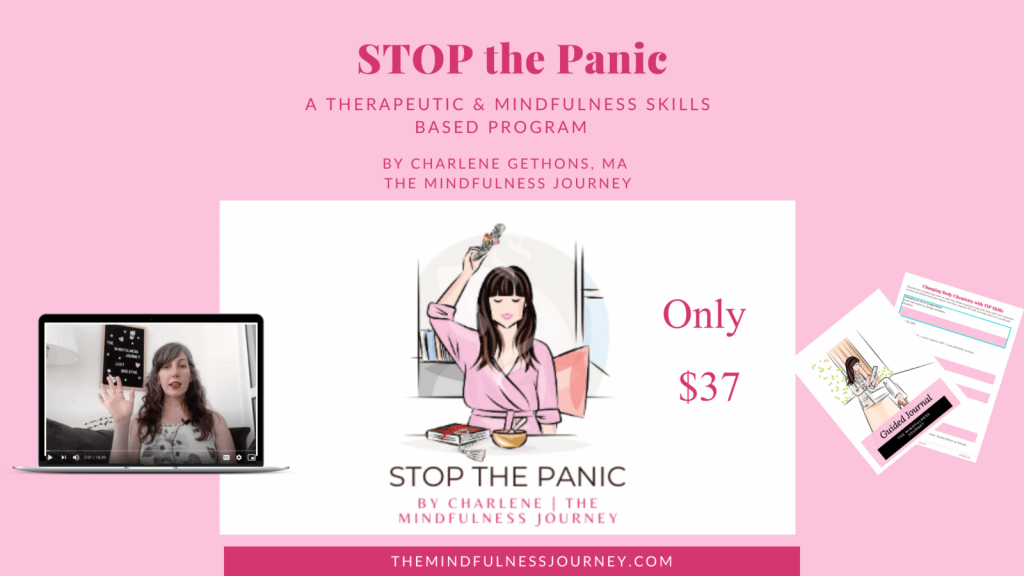
This 3 part workshop series teaches you exactly what to do in these moments. Click here to sign up now and get started today.


